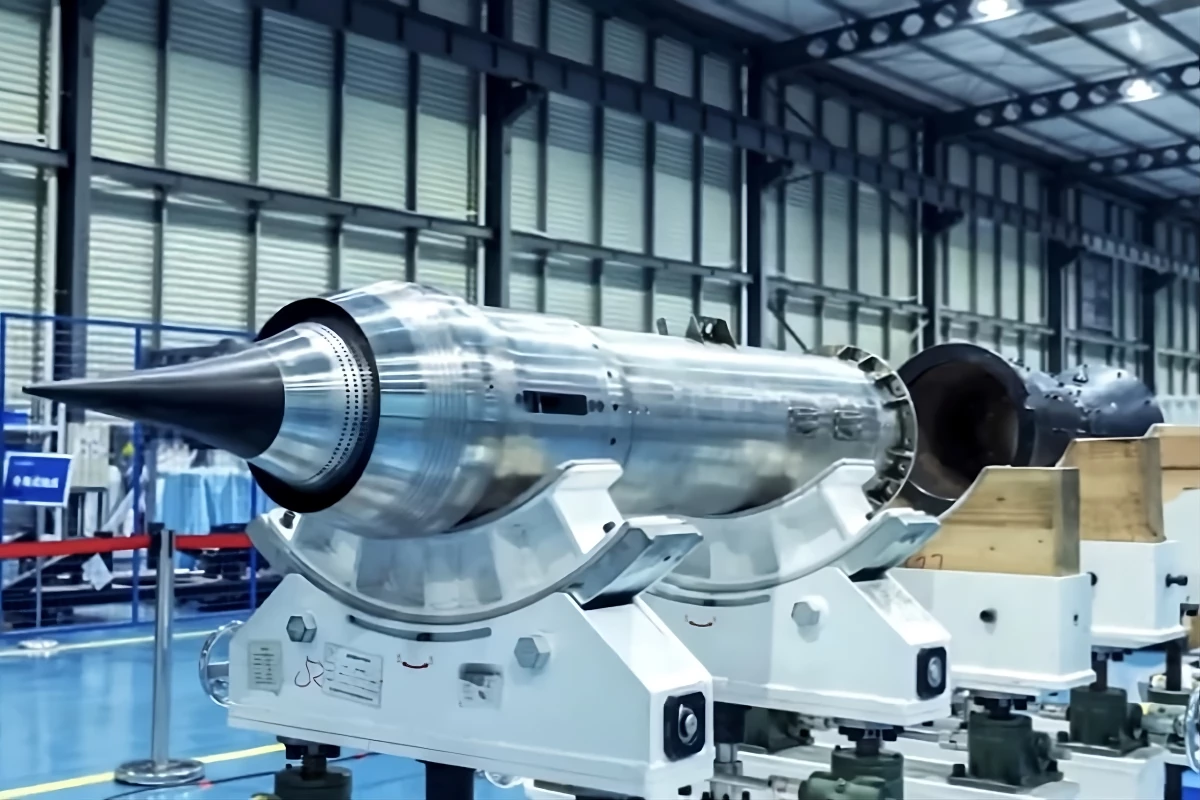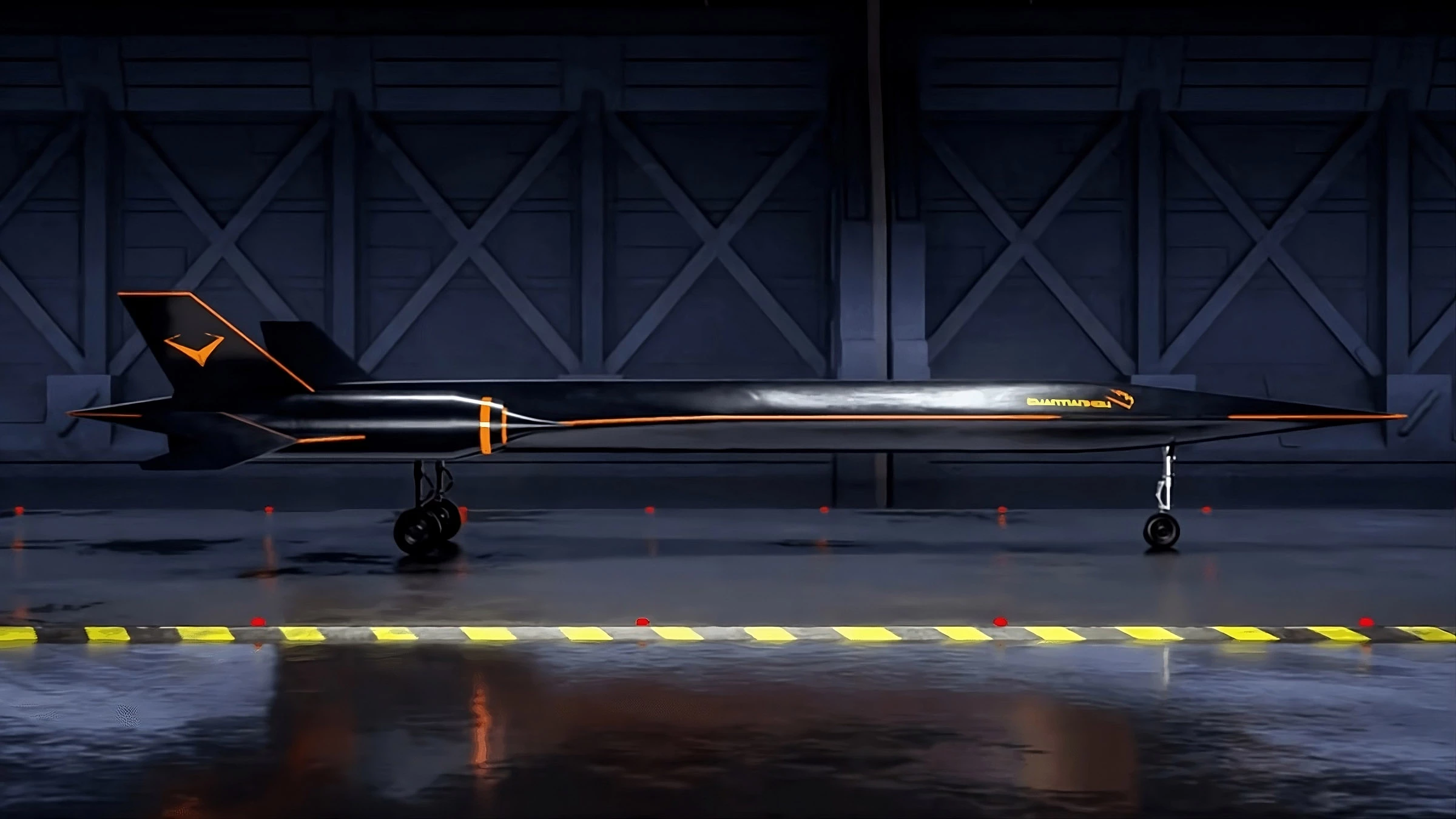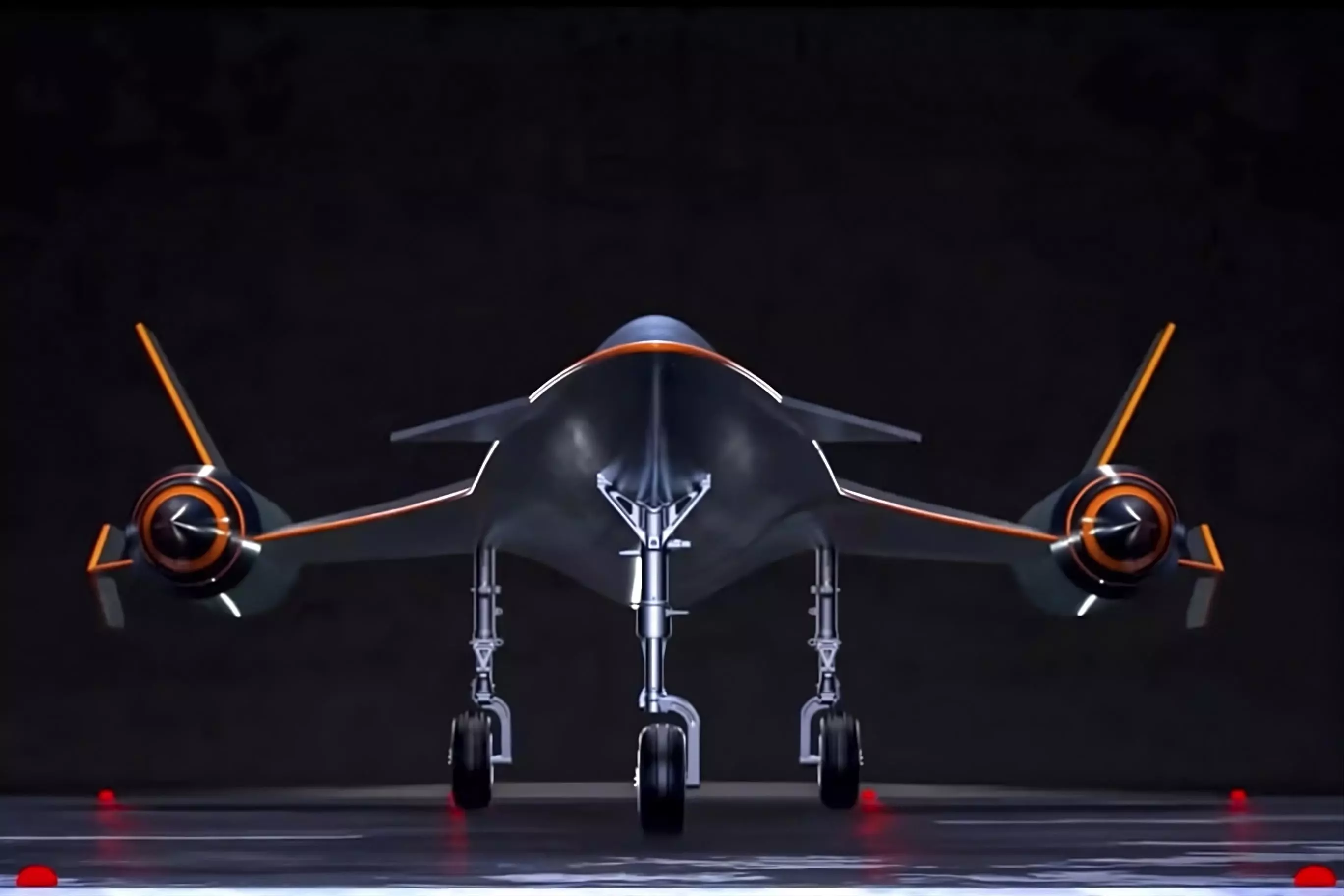Chinese "Space Transportation" company, Lingkong Tianxing Technology, has successfully tested its new JinDou400, also known as JinDouyun, ramjet detonation engine nearly twice the altitude of commercial passenger planes and more than doubling the Concorde's fastest speeds during its test.
The state-of-the-art engine's successful Mach 4 flight (3,106 mph / 5,000 km/h) at 65,000 ft (19,812 m) marks a crucial step for the Chinese company as the engine is going to be the heart of the future Yunxing supersonic passenger plane, also designed by Space Transportation.
Traditional ramjet engines work by relying on the aircraft's speed to scoop up and compress air into the engine. This compressed air mixes with fuel, ignites, and produces thrust. The engine doesn't have moving parts like turbines or compressors. It relies solely on the fast-moving air.

The JinDou400, however, uses detonation combustion instead of a regular, steady burning flame. It creates controlled explosions (detonations) in the combustion chamber which are far more powerful and efficient than regular combustion (at high speeds), allowing the engine to produce more thrust with less fuel and work effectively, but only at much higher speeds.
The exact dimensions of the JinDou400 engine haven't been publicly confirmed, but reports suggest the engine measures roughly 10 ft (3 m) in length and about 12 inches (0.3 m) in diameter. The JinDou400 produces an impressive 882 lbf of thrust (400 kgf), which is fairly remarkable for an engine of that size.
As ramjets forego moving parts like the compressor and turbine components found in traditional turbojets, the design is more compact, lightweight, efficient, and cost-effective to produce. Those advantages also have a downside: ramjets are entirely ineffective at low speeds and are often accompanied by turbojets to handle subsonic flight, where the airspeed isn't enough to feed air-hungry ramjet engines.
A Yunxing prototype airframe has reportedly been flown successfully at Mach 4 on October 26th, 2024, according to the SCMP, and Space Transportation "aims to have a full-sized supersonic passenger jet ready for its maiden flight in 2027."

If the Yunxing seems familiar, it's likely because its design closely resembles the already proven high-speed airframe of the hybrid turbojet/ramjet-shod SR-71 Blackbird. The Blackbird had a publicly confirmed speed of Mach 3.3 (2,193 mph / 3,529 km/h) at an altitude of 85,069 ft (25,929 m). There are reports of it having flown faster, but nothing on official record. The full capabilities of The Sled, though 26 years out-of-service, remain classified.
Editor note: If you have any interest in the SR-71 Blackbird at all, I highly recommend you click this link, where one of our staff was fortunate enough to interview an SR-71 pilot, Brian Shul.

The Yunxing promises to be significantly faster than the SR-71 using its JinDouyun ramjet detonation engines. The Yunxing is also said to incorporate VTOL capabilities into its design. That is, it will be capable of vertical take-off and landing, a feature unique to an aircraft of that design and speed rating. The technology that will be used for VTOL capabilities hasn't been released yet, but we'll certainly update when that information becomes public.
American company Astro Mechanica believes it also offers a solution for both subsonic and supersonic speeds with its hybrid turboelectric adaptive engine. Its unique design uses electric motors to power a turbine and compressor separately, allowing it to "switch modes" from turbofan to turbojet, to ramjet, effectively.
Boom Supersonic is another US-based company looking to offer supersonic commercial flight and have already garnered interest from airline companies like United Airlines.
In the meantime, we'll all still be eagerly awaiting Mach 17.
Source: South China Morning Post







